A €16 million project entirely funded by the EU for a new ferry landing, breakwater and ancillary facilities in Bugibba awarded to Polidano Group is threatening a Natura 2000 marine site off the coast of Bugibba, which the EU itself has designated for protection.
A development application for the government project, funded by the EU’s post-Covid Recovery and Resilience Facility (RFF), is before the Planning Authority for a decision.
Not only is the area designated on the Bugibba seafront a protected Natura 2000 site, but it is also an extremely popular swimming area with Maltese and tourists alike, given its pristine sea and shelter from rough waters.
The construction contract for the €16 million project has been awarded to EAS JV, headed by the Polidano Group, for almost €14 million, and it is targeted for completion by the end of 2025.
But according to both the Environment and Resources Authority (ERA) and the European Commission itself, an extreme amount of care will have to be taken by Polidano to not disturb the ecologically-sensitive marine site, particularly when it comes to the breakwater extension element’s effect on the area’s protected seabed.
In its conclusions with the Maltese authorities on the project, the Commission made it clear that “further detailed assessment is considered necessary to assess the significance of the impact and implications vis-à-vis the relevant policies.
“This is relevant as the ferry landing is planned to be located in Natura 2000 sites, and thus the project should be subject to appropriate assessment…in view of the site’s conservation objectives and to ensure that it shall not adversely affect the integrity of the sites concerned.”
ERA concerned about ‘direct obliteration’ of protected seabed
In its assessment of the project carried out last year, the ERA warned, “At this stage, there are concerns that such works will result in the direct obliteration of the Special Area of Conservation of International Importance designated under the [EU’s] Habitats Directive for the presence of Posidonia beds.”
The project lies within a Marine Special Area of Conservation of International Importance and a marine Natura 2000 site and has also been designated as a Special Protected Area of International Importance by the EU’s Habitats Directive
According to the project description, the current breakwater is set to be replaced by constructing a new, and significantly larger one.
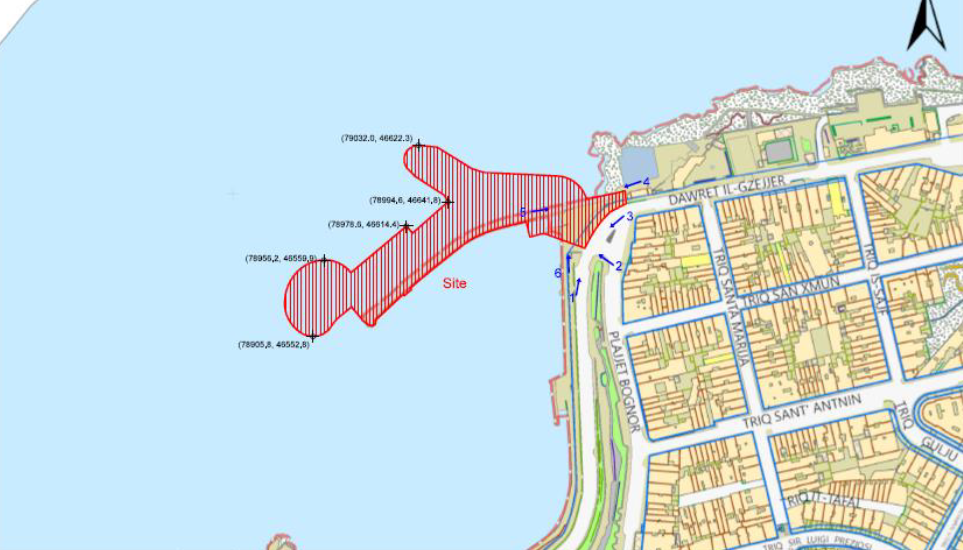
A design of the new, larger breakwater superimposed over the old one. Image: ERA
In its assessment, the ERA found, “The proposed design changes of the existing jetty are expected to cause adverse effects on the marine environment which may potentially lead to the immediate loss of benthic habitats (i.e. the Posidonia beds)…which appears to be a likely scenario.”
Additionally, potential alterations to the bay’s wave patterns caused by the larger breakwater could give rise to habitat loss.
The ERA recommends additional studies before moving forward to determine the effects, saying that the new breakwater’s impacts on the marine habitat are “unclear” and need to be determined with further studies.
Construction conditions
In its own project assessment, the European Commission says, “Particular attention has been paid to measures whose potential impact on environmental objectives warrants close scrutiny.”
The Commission stipulates that, under EU directives, Do No Significant Harm (DNSH) principles will need to be wholly integrated into the project and “strictly complied with at the stages of construction, operation and decommissioning of the infrastructure”.
Polidano will need to ensure that at least 70% (by weight) of non-hazardous construction and demolition waste generated is prepared for re-use, recycling and other material recovery, including backfilling operations using waste to substitute other materials, in accordance with the waste hierarchy.
But if the assessment confirms that re-use, recycling or other material recovery is not feasible, Polidano will need to dispose of the material following waste management regulations in an authorised landfill for inert waste.
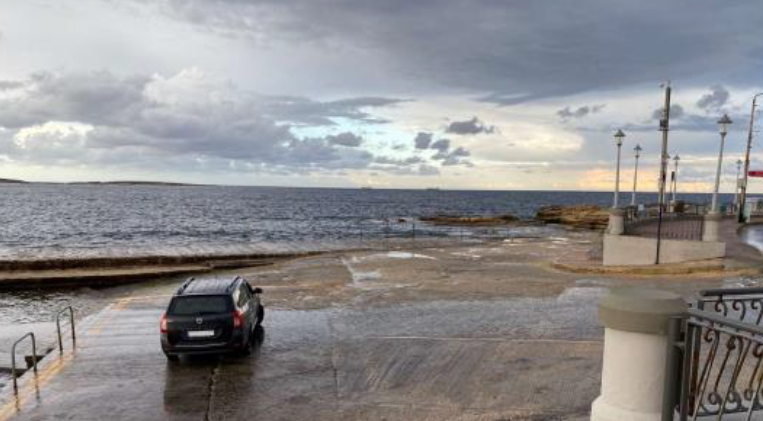
A view of the proposed ferry landing site. Photo: ERA
Ball in the PA’s court
According to the Commission, Malta has given a binding commitment to implement any requirements from Environmental Impact Assessments (EIA) and any other appropriate assessments the project requires.
The Commission also says in its assessment that all measures potentially likely to have significant environmental effects must be subject to an EIA and other relevant assessments.
But in its screening exercise, the ERA concludes the development does not require an EIA and has effectively put that ball in the Planning Authority’s court by saying, “as long as various preventive and mitigation measures are duly incorporated into the mainstream development consent mechanism and mitigated by means of conditions and specifications (e.g. approved documents) in the development permit”.
The ‘modal shift’
The government has sold the project to the EU for approval on the basis that it will encourage “the modal shift from road to sea and thus help address the challenge of congestion and high emissions” as well as noise pollution by linking Cospicua-Sliema-Valletta ferry services to Bugibba.
According to a European Commission Working Paper on Malta’s planned RRF expenditure, “The construction of a ferry landing site at Bugibba, St Paul’s Bay, is expected to help shift transport from road to sea, thereby addressing both road congestion and air and noise pollution in the Valletta region.”
Along such lines, The Shift asked the Transport Ministry for any research that has been carried out on the number of driving Maltese residents and tourists who could be expected to use the service, but the ministry has neither replied nor acknowledged The Shift’s questions for two weeks running.
While the ferry landing site and its associated infrastructure are to cost €15.9 million, another €200,000 is to be invested in equipping the site with “electric charging infrastructure to enable the electrification of ferry transport and the use of zero-emission vessels, in line with the ‘recharge and refuel’ flagship initiative”.
Another related stipulation is that the ferry landing site will also need to be serviced by an electric bus feeder network with accompanying electric charging infrastructure.
The Commission notes that “it cannot be ensured that only zero-emission ferries will be using the infrastructure and, as such, Malta will, as a flanking measure, install electric charging infrastructure for vessels. The feeder pillars for electric vessels are expected to avoid harmful lock-in effects and pave the way for the decarbonisation of ferry transport in Malta.”
Asked by The Shift to explain which ferry service operators will be using the new Bugibba ferry landing, the Transport Ministry has, again, not replied despite several reminders.
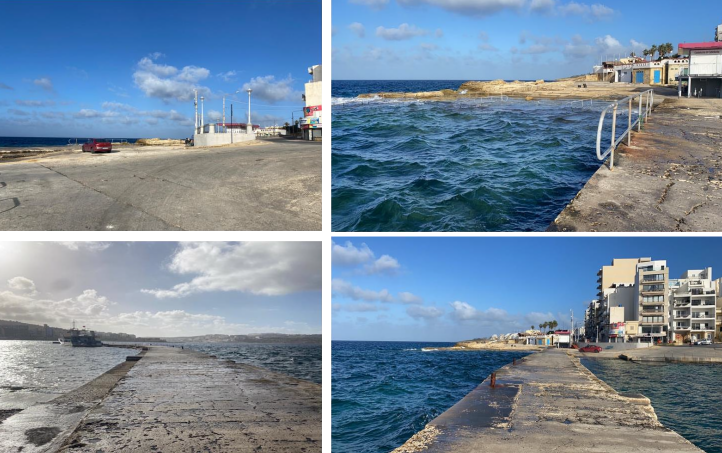
A photomontage of the breakwater site. Image: ERA
When former Transport Minister Ian Borg first unveiled the project in March of last year, he made it clear that the landing facilities and passenger terminal would lead to the extension of Malta’s current ferry transport service from Valletta, Sliema and the Three Cities to the tourism-oriented Bugibba/St Paul’s Bay.
At the time, and still to this day, it is only the Valletta Ferry Services company that plies the route between Valletta, Sliema and Cospicua, although it cannot be discounted that there could be new players in the field come 2025 when the project is due for completion.
The current operator is owned by Marsamxetto Steamferry Services Limited, whose directors are Adrian Zammit Tabona, Michael Zammit Tabona, Philip Bianchi and Raphael Bianchi. That company, in turn, is owned in equal shares by Fortina Investments Limited and The Mercantile Shipping and Coaling Co. Bianchi and Co. (1916) Limited, owned respectively by the Zammit Tabonas and the Bianchi Group.
This article forms part of a series of Follow the Money investigations into how Malta will be using hundreds of millions of euros of Recovery and Resilience Facility funds it has been granted by the EU. Credit is also due to the Daphne Caruana Galizia Foundation for its assistance.






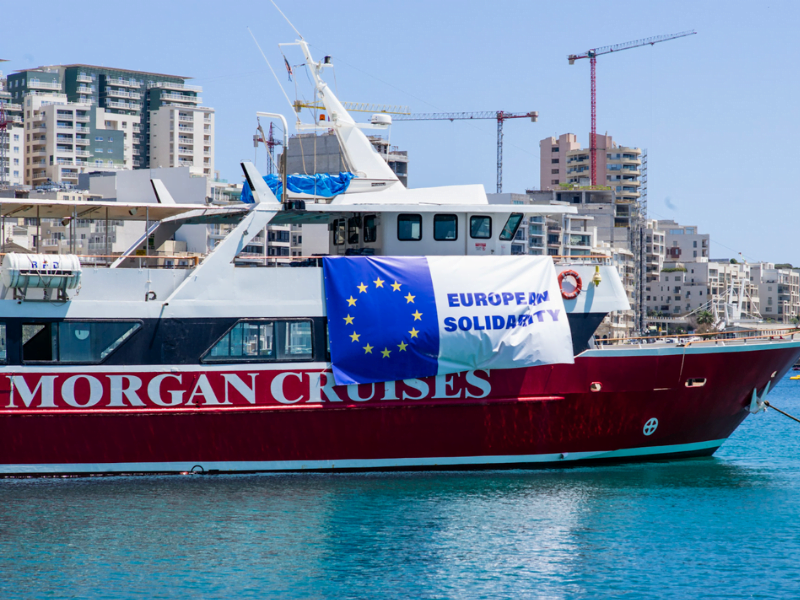
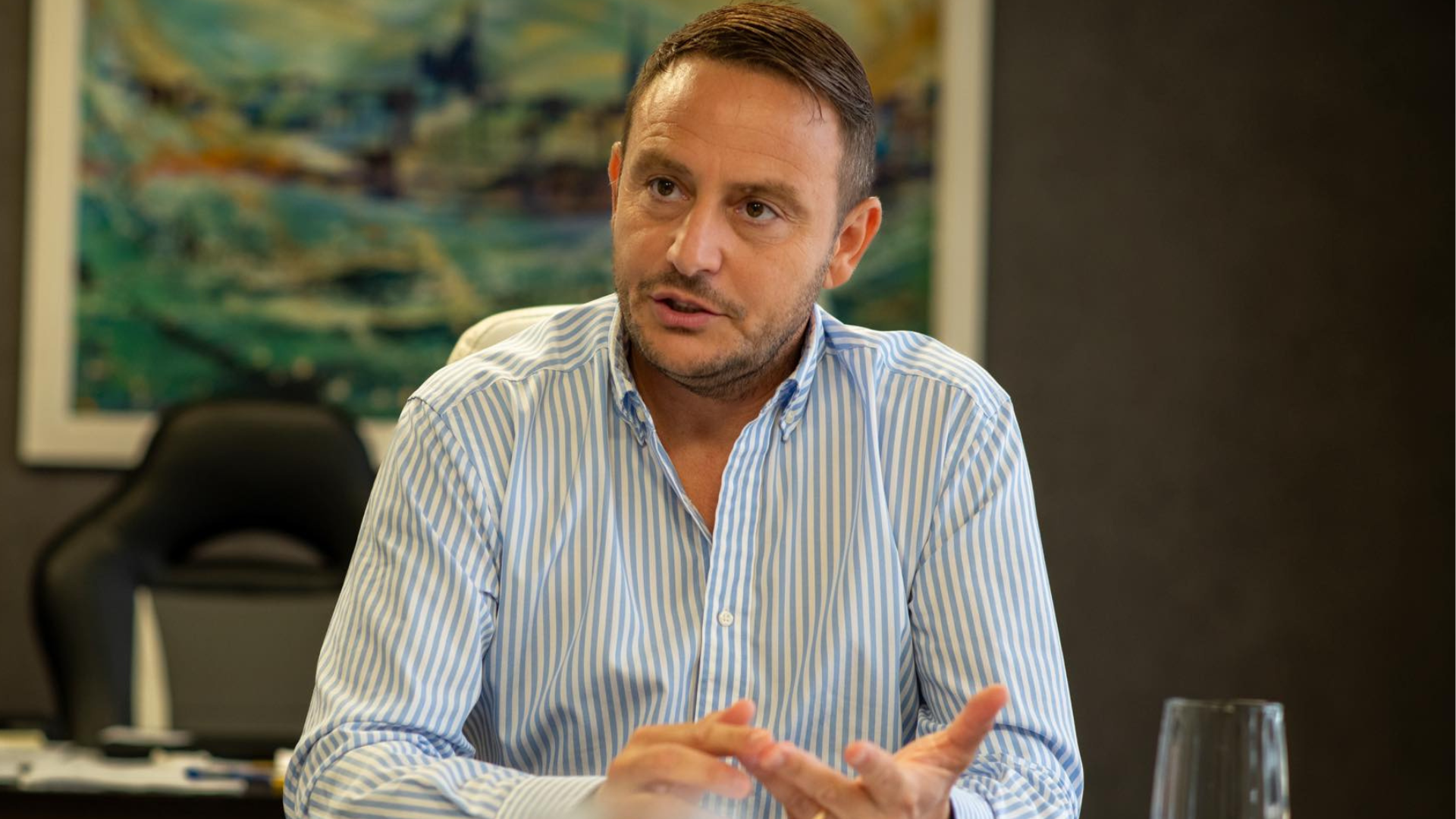







If there is one thing that the sea in Bugibba is not, is pristine. It was ruined by fish farm.
Apart from the posedonia beds, consideration has to be given to the parking facilities and account has to be taken of the traffic situation.
Presently traffic congestion is generated whenever there are boats being launched or hauled up. This is an everyday occurrence during the shoulder and peak summer months with the boats themselves and the hauling vehicles clogging the area.
Then especially on weekends when hundreds of cars converge in the area, the coast all along the Bugibba seafront is clogged with traffic jams while the side roads are also clogged with motorists trying to find a place where to park. Suffice it to say that many residents do not shift their car at all between Fridays and Mondays as they would not find a place where to park on their return.
The situation is not expected to improve as those coming to board the ferry would come with their own vehicles and park in the side roads.
Furthermore such a situation would be detrimental to businesses in the area since patrons would simply give up going the area as it is already exasperating right now,
As a resident ofen thers no parking..speshaly wkd..
So need more parking.
16 million!!
better watch how they’re spent – EU please note and save us from more corruption.